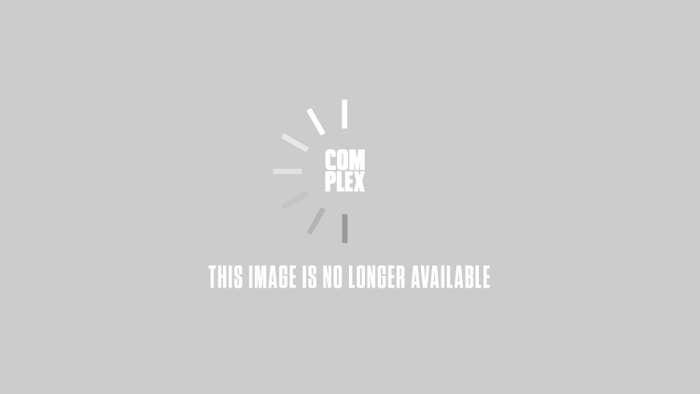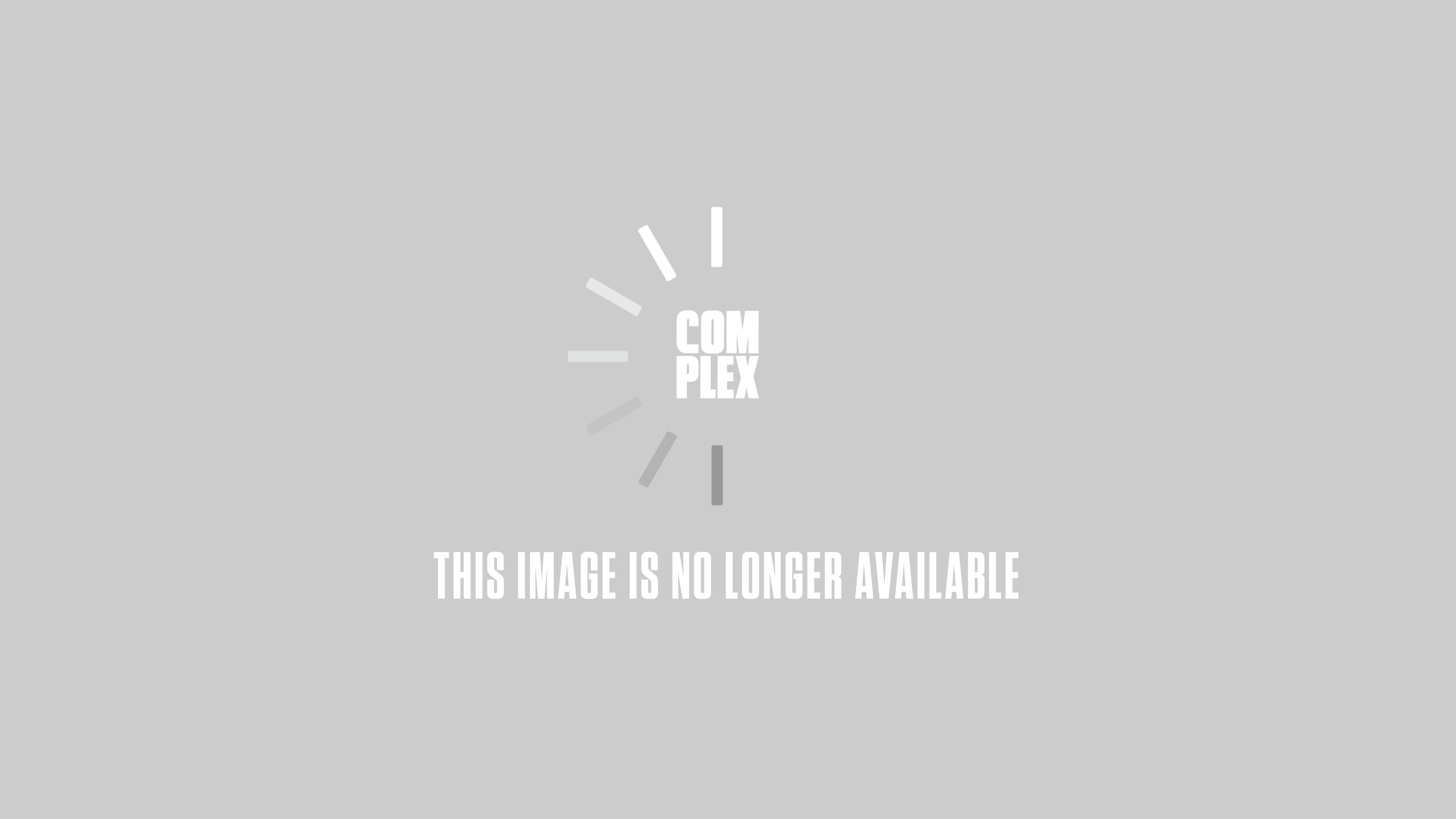
While yes, mainstream hubbub on the moombahton sound should unquestionably be centered around what is to come with Dillon Francis' hotly anticipated four-track EP, there were five other moments and situations that, if they occurred, would have quite easily put moombahton over-the-top and made the Afro-Latino bass-driven and house-friendly dance sub-genre grow into a mainstream-dominant sound long before 2015. From top producers getting huge mainstream looks from the non-dance world to progressions in dance music occurring a bit sooner and more, there's a plethora of well-reasoned and quite possible concepts that could have/should have occurred.
Munchi being signed by the Brick Squad as a producer

There was a period in 2011 where Munchi was simultaneously the most rap-friendly and wholly progressive dance producer in the world by a very large margin. He walked in a rarefied air where he was getting co-signed worldwide by indie and mainstream dance names alike, and as well, had he been exposed to rap ears, could've been a superstar. Rap and EDM are finally getting together about five years too late. The disconnect between real-time and the digital age is a serious issue that is affecting the music industry at-present. This notion is best showcased with acts like Munchi, a producer who was already making certified underground club destroyers that had immense mainstream potential. Yes, anyone aware of Munchi is well aware of his apparent eccentricities. However, one could only imagine what being co-signed by the Brick Squad, aka the production unit famed for the likes of Lex Luger, Zaytoven, Southside and TM88 could've meant for him. With tracks like "Fuck This Industry" and his trap bubbling take on "Dipset Anthem," or even Mad Decent EP VIP remix of "Toma Essa Porra" with DJ Blass, these are productions that–if heard right now with fresh ears–the mainstream would've snatched up immediately. However, in 2011, this was not the case. Sometimes being too far ahead of the curve is great for music, but bad for commerce.
David Heartbreak not being signed to OWSLA, but rather being signed to OVO

It's an undeniable fact that when David Heartbreak remixed The Weeknd, magic happened. In fact, it happened a lot: he remixed all three of The Weeknd's heralded mixtapes, and ultimately gave moombahsoul–moombahton's R&B-friendly cousin–a boost into being the sub-genre's most potentially mainstream connective sub-sector. Hot in the blogosphere and big on underground club and bar night dancefloors, the genre's likely lack of cohesion with big room and festival audiences is what likely kept this connection from occurring. Heartbreak working with The Weeknd could have easily produced pop-to-dance crossover potential for The Weeknd, who as a mainstream star hasn't necessarily broken out to a larger level. With EDM now playing a much more significant role in the fate of mainstream music, Heartbreak being on the same team and under the tutelage of the likes of Boi-1da and 40 would have been impressive to say the least. It's a true shame that we have yet to hear a Heartbreak and The Weeknd original track. However, with the Brooklyn-to-NC-to-LA producer's star on the rise, it's wise to never say never.
Rappers figuring out that it's easier to rap over 110 BPM than over 120-140 BPM

There's a reason why OG moombahton producers refer to 108-112 BPM as the "golden tempo." In being faster than most rap and slower than most dance, it's a space where both energies can co-exist peacefully. Let's not be funny for a second and imagine a world where the answer to the question of "who or what can bring New York back" was actually say, moombahton. Presented below is a remix by Jon Kwest from 2011 of "Warning," a song by longtime New York City-based emcee Uncle Murder featuring French Montana, Jadakiss, Styles P, Cam'ron, and Vado. Before you even click play, you need to know that it's fire. It's hard enough for head nodding and has enough of a swing to be dance-floor friendly. A top-40 urban club DJ frustrated by the choices of playing A$AP Rocky calling Skrillex a "n*gga" or hearing O.T. Genasis scream about mixing the "Coco," this should sound like manna from heaven.
Calvin Harris' "Slow Acid" should have been remixed to death

There is literally only ONE moombahton remix of Calvin Harris' "Slow Acid" on SoundCloud. Moombahton staying semi-relevant was in the hands of producers making club edits of tracks that DJs could spin in rooms big, small and all sizes in-between. When a DJ who earned a reported $66 million in 2013 makes an original track that's already set at "mid-tempo," and features styles and textures that would have been new and progressive to moombahton, moombahton producers needed to jump all over that and create versions of the track that would give a mainstream titan reason to pause and consider the importance of the genre. Of course, it's at this point that we should all remember that the track that started all of this is was an edit of Afrojack's remix of DJ Chuckie and Silvio Ecomo's "Moombah." That being said, five years later, somehow an entire group of at one time VERY excitable producers forgot the rules by which the game was played.
House music's growing popularity

As much as many observers loop moombahton into the same group as trap and dubstep in the EDM continuum, if one were to truly listen to the sound, it actually bears much more in common with house than either the rap or reggae-derived genres. Foremost, moombahton is pitched down electro house, which is a factor that in comparing it with genres that are minimally comparable with house music is pretty ridiculous. While yes, it's true that moombahton become popular in an era where dubstep and trap were cool, moombahton is likely best suited for a time like right now, where deep house and techno are making a push towards popularity. The space and depth of both techno and deep house, when compared to moombahton's deeper end likely feel more in synergy than styles wherein the concept upon which the sub-genre of say, moombahcore had to be created. Exploring the deeper end of moombahton as house makes a push back to the mainstream could provide immense benefits.

